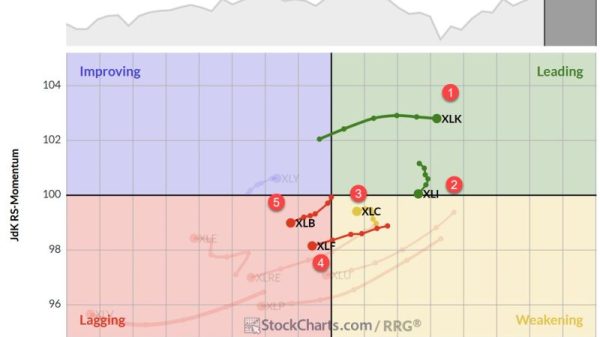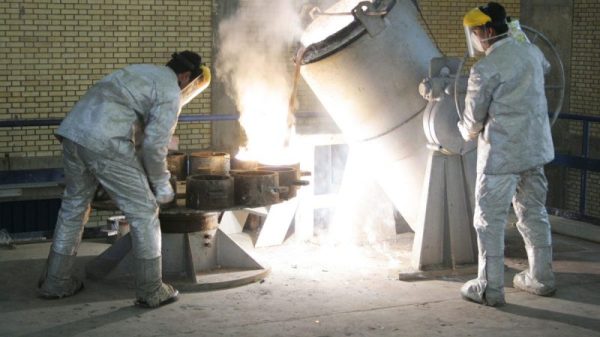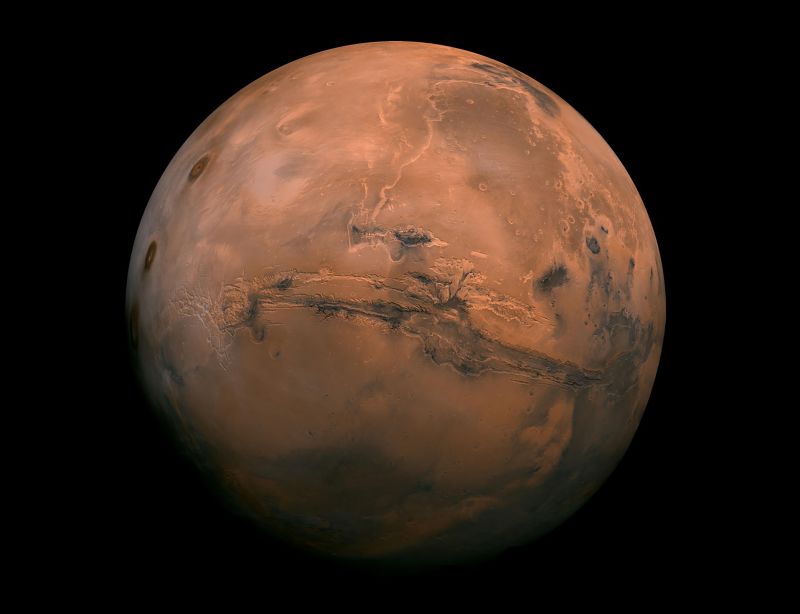Mars may be around 140 million miles away from Earth, but the red planet is influencing our deep oceans by helping drive “giant whirlpools,” according to new research.
Scientists analyzed sediments, drilled from hundreds of deep-sea sites over the past half century, to look back tens of millions of years into Earth’s past, in a quest to better understand the strength of deep ocean currents.
What they found surprised them.
The sediments revealed that deep-sea currents weakened and strengthened over 2.4 million-year climate cycles, according to the study published Tuesday in the journal Nature Communications.
Adriana Dutkiewicz, the study’s co-author and sedimentologist at the University of Sydney, said the scientists didn’t expect to discover these cycles, and that there is only one way to explain them: “They are linked to cycles in the interactions of Mars and Earth orbiting the Sun,” she said in a statement. The authors say this is first study to make these connections.
The two planets affect each other through a phenomenon called “resonance,” which is when two orbiting bodies apply a gravitational push and pull on each other — sometimes described as a kind of harmonization between distant planets. This interaction changes the shape of their orbits, affecting how close to circular they are and their distance from the sun.
For the Earth, this interaction with Mars translates to periods of increased solar energy — meaning a warmer climate — and these warmer cycles correlate with more vigorous ocean currents, the report found.
While these 2.4 million-year cycles affect warming and ocean currents on Earth, they are natural climate cycles and not linked to the rapid heating the world is experiencing today as humans continue to burn planet-heating fossil fuels, said Dietmar Müller, professor of geophysics at the University of Sydney and a study co-author.
The authors describe these currents, or eddies, as “giant whirlpools” that can reach the bottom of the deep ocean, eroding the seafloor and causing large accumulations of sediments, like snowdrifts.
The scientists were able to map these strong eddies through “breaks” in the sediment cores they analyzed. Deep-sea sediments build in continuous layers during calm conditions but strong ocean currents disrupt this, leaving a visible stamp of their existence.
If today’s human-caused warming continues on its current trajectory, Müller said, “this effect will dwarf all other processes for a long time to come. But the geological record still provides us with valuable insights about how the oceans operate in a warmer world.”
The authors suggest it is possible that these eddies could even help mitigate some of the impacts of a potential collapse of the Atlantic Meridional Overturning Circulation (AMOC), a crucial ocean circulation which works like a huge conveyor belt transporting warm water from the tropics to the far North Atlantic.
Scientists have been increasingly sounding the alarm about the health of this critical system of currents. There are fears it may even be showing early signs it is on course to collapse, as global warming heats up oceans and melts ice, disrupting the delicate balance of heat and salt that determines the AMOC’s strength.
A collapse would have catastrophic climate consequences, including temperatures plunging rapidly in some places and rising in others.
“Our work does not say anything about what may or may not happen to AMOC,” Müller said. “Our point is, rather, that even if AMOC were to shut down, there are still other processes to mix the ocean, even though their effects would be quite different.”
There are fears that an AMOC shutdown would mean oxygen-rich surface waters would no longer mix with deeper waters, leading to a stagnant ocean largely devoid of life. “Our results suggest that more intense deep-ocean eddies in a warmer world may prevent such ocean stagnation,” he said
Joel Hirschi, associate head of marine systems modeling at the National Oceanography Centre in the UK, who was not involved in the research, said the study’s finding of the existence of a 2.4 million-year cycle in sea sediments was noteworthy. The methodology is sound and a link with Mars is possible, he added.
Satellite observations have shown that these eddies have become more active in the last decades but the currents don’t always reach the bottom of the ocean, he said, meaning they would not be able to prevent sediment build-up.
It remains unclear exactly how different processes affecting deep-ocean currents and marine life will play out in the future, the study’s authors said in a statement, but they hope this new study will help build better model future climate outcomes.







































